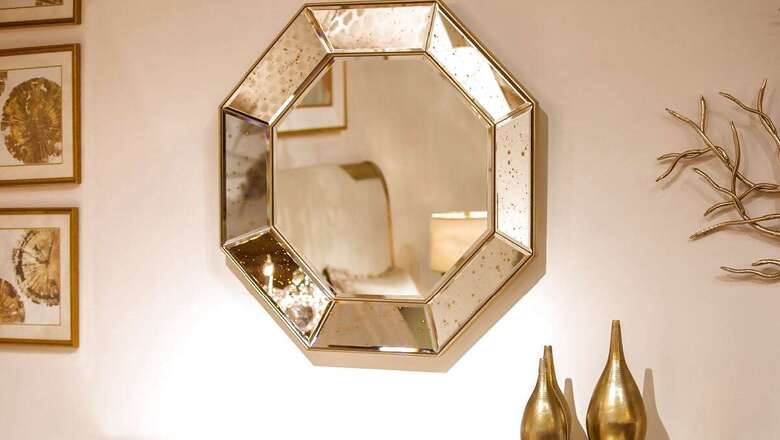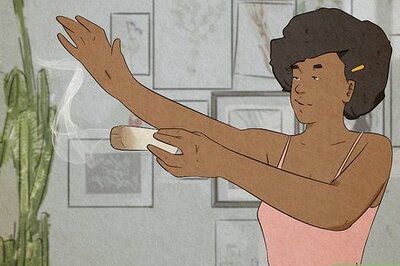
views
In the realm of interior design, the fusion of luxury and sustainability is not merely a trend but a conscious choice reflecting a shift towards more responsible living. With a growing awareness of environmental concerns, designers are redefining opulence by incorporating eco-friendly practices and materials into their creations. This evolution in design philosophy emphasizes a harmonious relationship between indulgence and environmental responsibility.
- Embrace the Beauty of Natural MaterialsArchitect Anil Badan, Founder, Studio B Architects, advocates for the integration of natural materials to infuse spaces with both luxury and sustainability. He emphasizes the significance of incorporating reclaimed wood, ethically sourced stone, and organic textiles like wool, linen, and hemp. Reclaimed wood, with its distinctive imperfections, narrates a story of responsible resource management, while carefully sourced stone exudes timeless elegance and permanence.Organic cotton, linen, and hemp not only align with sustainable principles but also offer a sumptuous tactile experience. From linen throws to handwoven wool rugs, these natural fibers add layers of sophistication and comfort to any interior. Badan encourages designers to extend the use of natural materials beyond upholstery, integrating them into window treatments and wall coverings for a cohesive and environmentally conscious aesthetic.
- Prioritize Multifunctionality and Space PlanningLuxury does not necessarily equate to vast square footage; rather, it lies in the thoughtful design and efficient utilization of space. Architect Jaideep Thareja, founder, Jaideep Thareja Architects, underscores the importance of multifunctional furniture and strategic space planning in achieving a sense of grandeur within limited spaces. By investing in well-designed pieces that serve multiple purposes, individuals can maximize the functionality of their living environments without compromising on style.
Thareja suggests incorporating built-in storage solutions that optimize vertical space and maintain clean lines, such as ottomans with hidden storage compartments or coffee tables that transform into desks. Additionally, he advocates for open floor plans and the strategic placement of mirrors to enhance the perception of spaciousness within interiors. This approach not only fosters luxurious comfort but also encourages mindful resource utilization, promoting sustainable living practices.
In essence, the convergence of luxury and sustainability in interior design represents a paradigm shift towards a more conscientious approach to living. By embracing natural materials, prioritizing multifunctionality, and thoughtfully planning spatial layouts, designers can create environments that exude opulence while respecting the delicate balance of our planet’s resources. Through such endeavors, the concept of luxury evolves from mere extravagance to a celebration of craftsmanship, quality, and environmental stewardship.


















Comments
0 comment